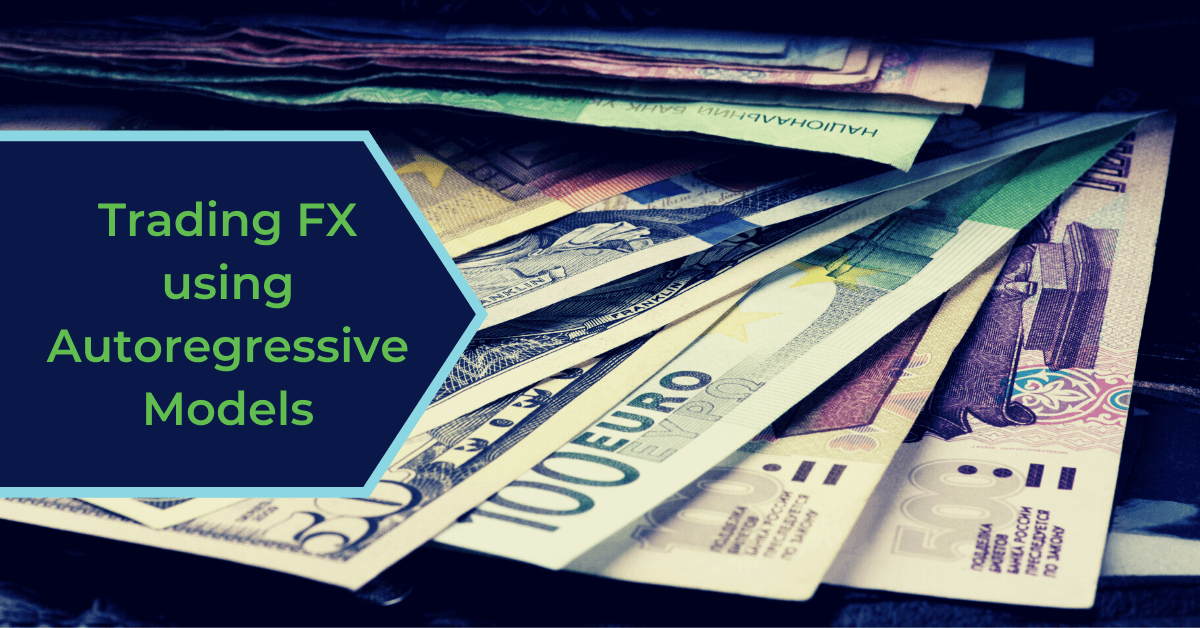Trading FX using Autoregressive Models
I’m a big fan of Ernie Chan’s quant trading books: Quantitative Trading, Algorithmic Trading, and Machine Trading. There are some great insights in there, but the thing I like most is the simple but thorough treatment of various edges and the quant tools you might use to research and trade them. Ernie explicitly states that …

